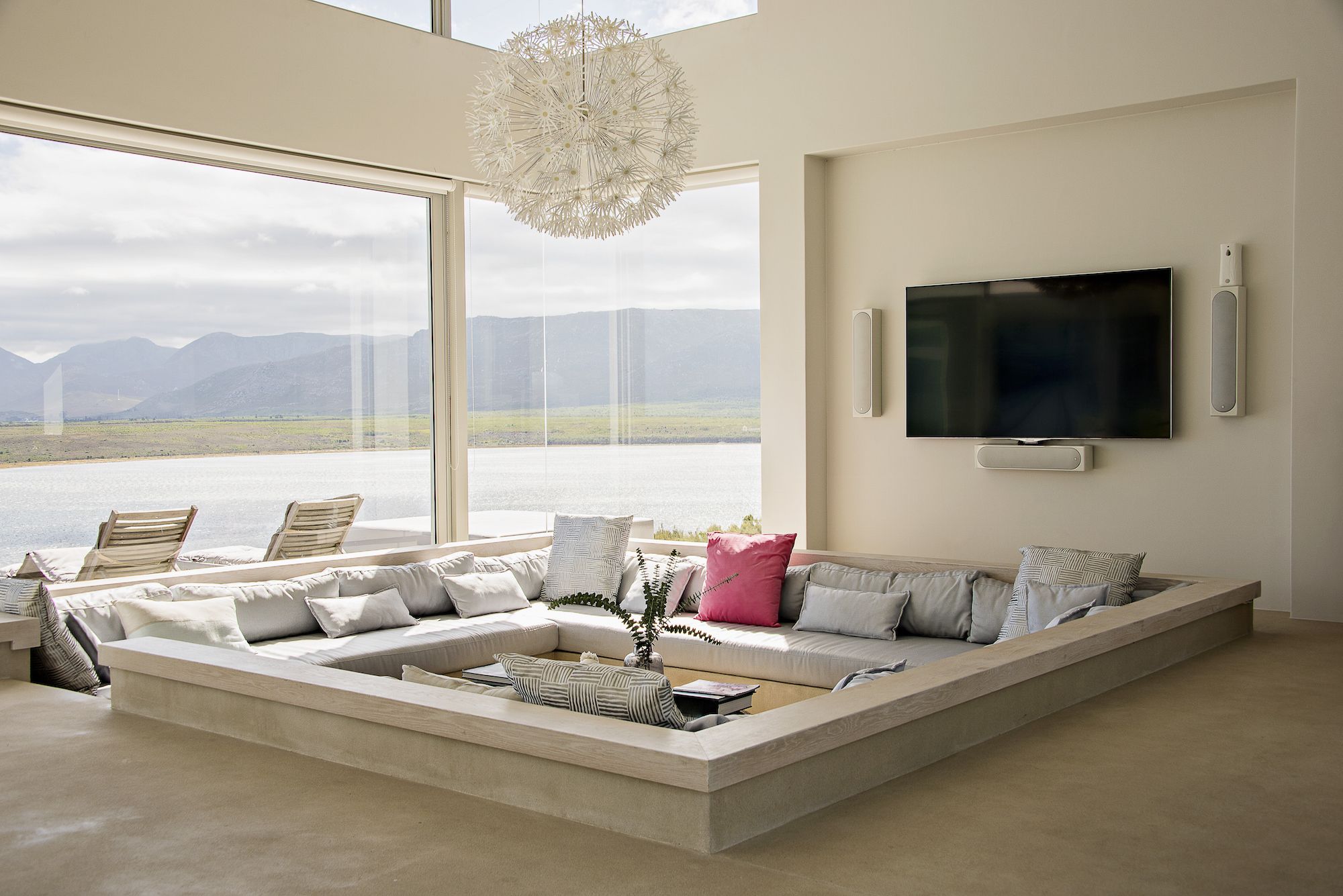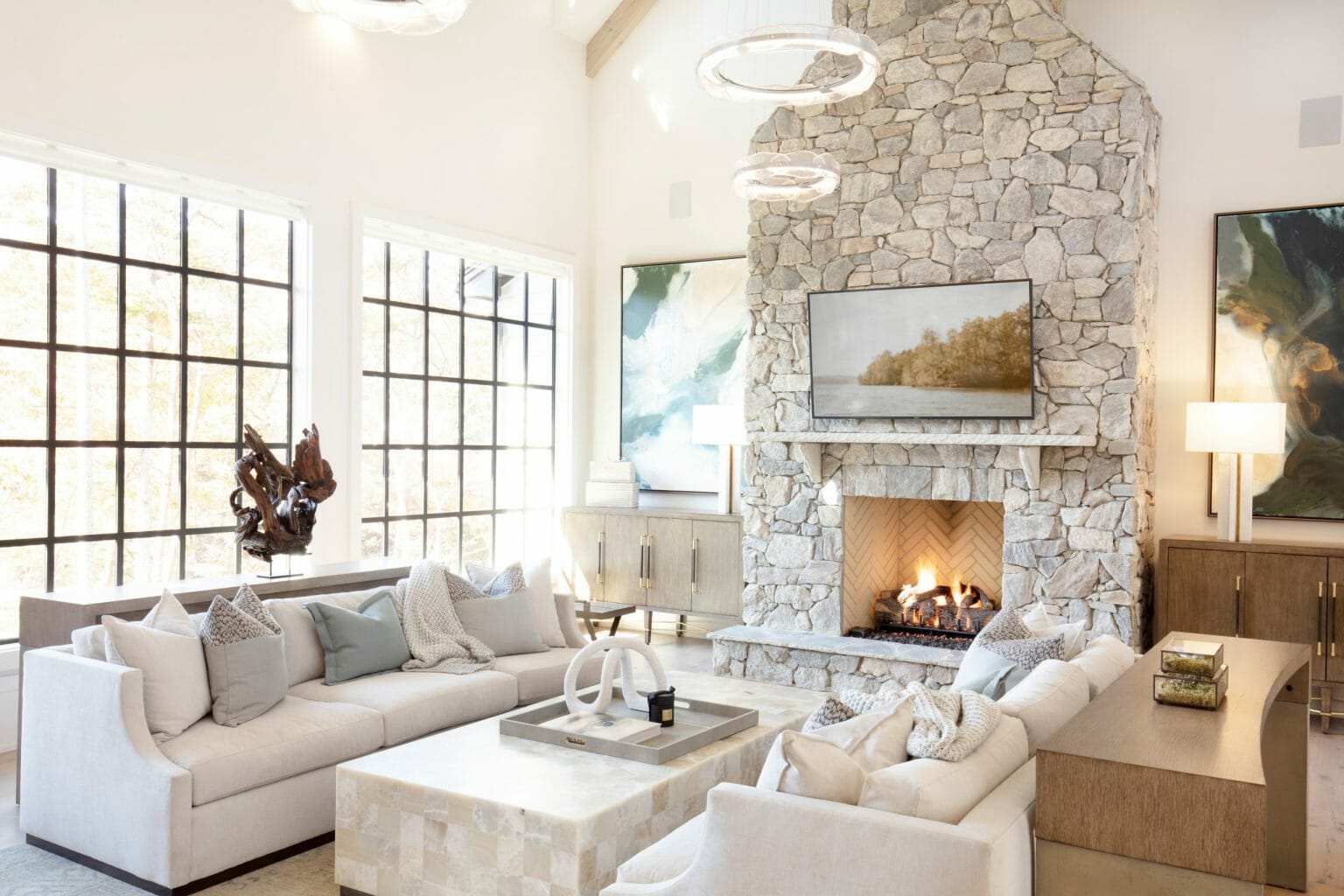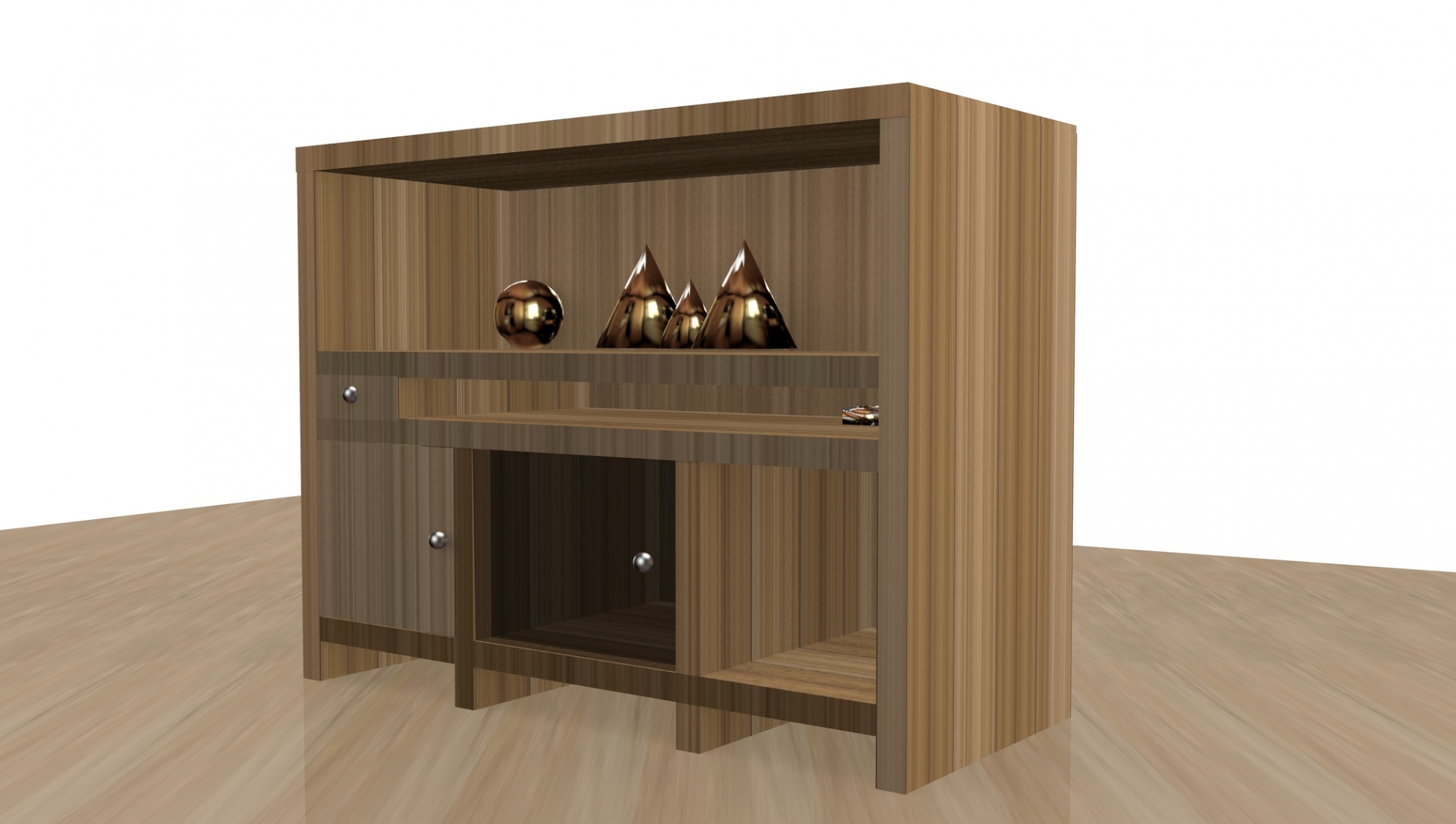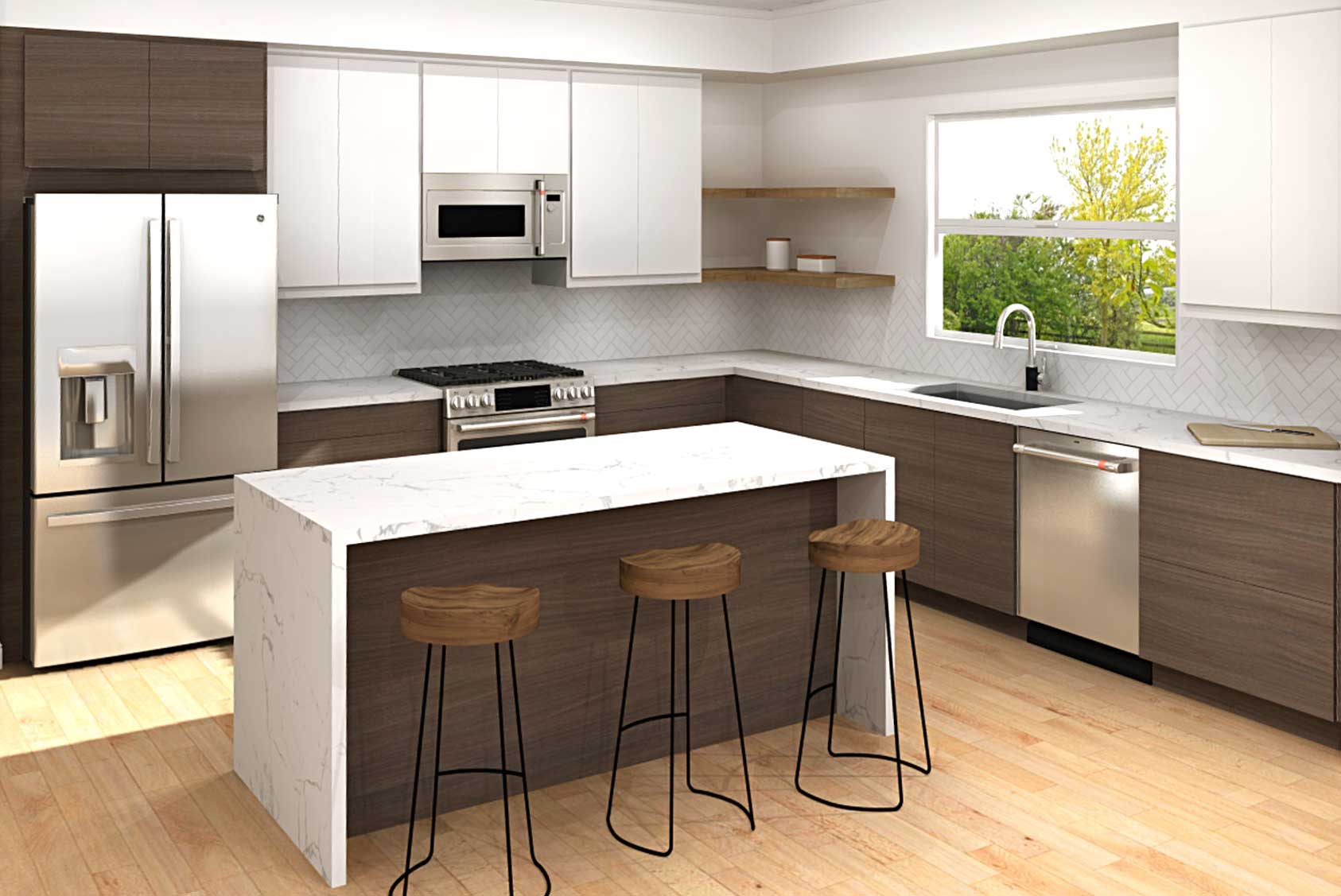When it comes to home design, two spaces that often get confused are the receiving area and the living room. While these two areas may seem similar, they actually serve different purposes. Understanding the distinction between the two can help you make the most of your space and create a functional and stylish home. Let's take a closer look at the differences between a receiving area and a living room.Receiving Area vs Living Room: What's the Difference?
First, let's define what a receiving area and living room are. A receiving area, also known as a foyer or entryway, is the first space you see when you enter a home. It is usually a small area near the front door that serves as a transitional space between the outside and the inside of the house. On the other hand, a living room is a larger space typically located near the center of the house, used for relaxation and entertaining guests. One key difference between a receiving area and living room is their function. The receiving area is primarily a space for receiving guests and providing a welcoming entrance to your home. It is not meant for long-term use or relaxation. The living room, on the other hand, is a more versatile space that can be used for various activities such as watching TV, reading, or hosting gatherings.Receiving Area vs Living Room: Understanding the Distinctions
Aside from their function, there are other key differences between a receiving area and living room. One is the size. Receiving areas are typically smaller than living rooms, which are usually designed to accommodate more people and activities. Another difference is the furniture and decor. Receiving areas usually have minimal furniture, such as a small table, a mirror, and a few chairs, while living rooms have more seating options, such as sofas, armchairs, and coffee tables. The layout of these two spaces also differs. Receiving areas are often located near the front door and are more open, with a clear path for guests to enter the house. Living rooms, on the other hand, may have multiple entrances and are usually connected to other areas of the house, such as the dining room or kitchen.Receiving Area vs Living Room: Key Differences to Know
When it comes to designing a receiving area and living room, it's important to consider their purposes. For the receiving area, focus on creating a welcoming and inviting entrance to your home. This can be achieved by using warm and inviting colors, adding a comfortable seating area, and incorporating personal touches such as family photos or artwork. For the living room, think about how you will use the space and design accordingly. If you plan on using it for hosting gatherings, make sure there is enough seating and a clear flow for guests to move around. If it will be a space for relaxation, consider incorporating comfortable and cozy elements such as plush sofas and soft lighting.Receiving Area vs Living Room: How to Design Each Space
Deciding between a receiving area and living room ultimately depends on your personal preferences and lifestyle. If you frequently host guests and want to make a good first impression, a receiving area may be the best choice for you. However, if you value a versatile and comfortable space for relaxation and entertaining, a living room may be a better fit.Receiving Area vs Living Room: Which One is Right for You?
Like with any design decision, there are pros and cons to both a receiving area and living room. A receiving area can make a great first impression and provide a designated space for guests to enter and leave the house. However, it may not be the most practical use of space, especially if you don't frequently have visitors. A living room, on the other hand, offers more flexibility and can be used for a variety of activities. However, it may require more maintenance and upkeep if used frequently.Receiving Area vs Living Room: Pros and Cons of Each
If you have limited space, you may be wondering if you can have both a receiving area and living room. The good news is, you can! With some creative planning and design, you can incorporate a small receiving area near the entrance and a living room in a more central location. Just remember to keep the function and layout of each space in mind to avoid any confusion.Receiving Area vs Living Room: Making the Most of Your Space
Regardless of which space you choose, there are some general tips that can help you create a functional and stylish area. First, consider the flow and layout of the space. Make sure there is enough room for people to move around and that furniture is arranged in a way that promotes conversation and comfort. Next, focus on lighting. Both a receiving area and living room should have ample lighting to create a warm and inviting atmosphere. Consider a mix of natural and artificial lighting, and incorporate different sources such as overhead lights, lamps, and candles. Lastly, don't be afraid to add personal touches and decor to make the space feel like your own. This can be in the form of artwork, plants, or statement pieces of furniture. Just be mindful of clutter and keep it to a minimum to avoid a messy and overwhelming space.Receiving Area vs Living Room: Tips for Creating a Functional and Stylish Space
To make the most of your receiving area, focus on keeping it tidy and clutter-free. This will not only make a great first impression but also allow for a smooth flow of traffic. For the living room, think about how you will use it and design accordingly. If it will be a space for relaxation, make sure there are comfortable seating options and a designated spot for items such as remote controls and books.Receiving Area vs Living Room: How to Use Each Space Effectively
When it comes to layout and furniture options, there are a few key differences between a receiving area and living room. As mentioned before, receiving areas usually have minimal furniture, while living rooms have more seating options. In terms of layout, receiving areas are typically more open and straightforward, while living rooms may have more complex layouts due to their larger size and multiple entrances. In conclusion, while a receiving area and living room may seem similar, they serve different purposes and have distinct differences. By understanding these distinctions and following some design tips, you can create a functional and stylish space that meets your needs and reflects your personal style. Receiving Area vs Living Room: Comparing Layouts and Furniture Options
The Importance of Properly Designing Your Receiving Area and Living Room

The Receiving Area and Living Room: Two Essential Spaces in a Home
 When it comes to designing a house, the receiving area and living room are two spaces that should not be overlooked. These areas serve as the first impression of your home and are often the most utilized by both homeowners and guests. While they may seem like similar spaces, there are key differences between the two that should be considered in order to create a cohesive and functional design.
When it comes to designing a house, the receiving area and living room are two spaces that should not be overlooked. These areas serve as the first impression of your home and are often the most utilized by both homeowners and guests. While they may seem like similar spaces, there are key differences between the two that should be considered in order to create a cohesive and functional design.
Defining the Receiving Area
 The receiving area, also known as the foyer or entryway, is the first space that welcomes you and your guests into the home. It is typically located near the front entrance and serves as a transition between the exterior and interior of the house. This space is usually smaller and more intimate compared to the living room, and its main purpose is to provide a warm and inviting welcome to anyone who enters the home.
Keywords: receiving area, foyer, entryway
The receiving area, also known as the foyer or entryway, is the first space that welcomes you and your guests into the home. It is typically located near the front entrance and serves as a transition between the exterior and interior of the house. This space is usually smaller and more intimate compared to the living room, and its main purpose is to provide a warm and inviting welcome to anyone who enters the home.
Keywords: receiving area, foyer, entryway
The Function of the Living Room
 On the other hand, the living room is a larger and more public space in the house. It is where people gather to relax, socialize, and entertain. This space is usually located near the receiving area and serves as an extension of it. While the receiving area is a place for brief interactions, the living room is a space where people can comfortably spend longer periods of time.
Keywords: living room, relax, socialize, entertain
On the other hand, the living room is a larger and more public space in the house. It is where people gather to relax, socialize, and entertain. This space is usually located near the receiving area and serves as an extension of it. While the receiving area is a place for brief interactions, the living room is a space where people can comfortably spend longer periods of time.
Keywords: living room, relax, socialize, entertain
The Importance of Properly Designing Both Spaces
 Properly designing the receiving area and living room is crucial in creating a harmonious and functional home. A well-designed receiving area can set the tone for the rest of the house and give a glimpse into the homeowner's style and personality. On the other hand, a well-designed living room can enhance the overall ambiance of the home and provide a comfortable and inviting space for both the homeowners and their guests.
Keywords: well-designed, harmonious, functional, ambiance
Properly designing the receiving area and living room is crucial in creating a harmonious and functional home. A well-designed receiving area can set the tone for the rest of the house and give a glimpse into the homeowner's style and personality. On the other hand, a well-designed living room can enhance the overall ambiance of the home and provide a comfortable and inviting space for both the homeowners and their guests.
Keywords: well-designed, harmonious, functional, ambiance
Considerations for Designing the Receiving Area and Living Room
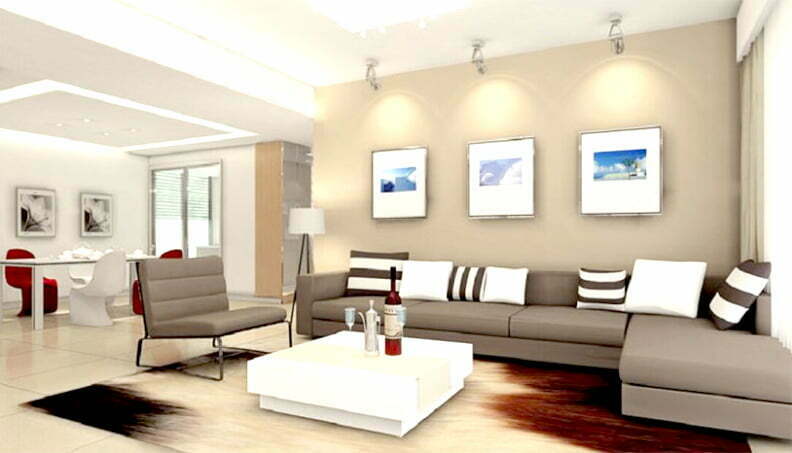 When designing these two spaces, it is important to consider the overall flow and aesthetic of the house. The receiving area should be designed to create a welcoming and inviting atmosphere, while the living room should be designed to promote relaxation and socialization. Additionally, the furniture and decor in both spaces should complement each other to create a cohesive design.
Keywords: flow, aesthetic, welcoming, inviting, relaxation, socialization, cohesive design
When designing these two spaces, it is important to consider the overall flow and aesthetic of the house. The receiving area should be designed to create a welcoming and inviting atmosphere, while the living room should be designed to promote relaxation and socialization. Additionally, the furniture and decor in both spaces should complement each other to create a cohesive design.
Keywords: flow, aesthetic, welcoming, inviting, relaxation, socialization, cohesive design
In Conclusion
 In summary, the receiving area and living room are two essential spaces in a home that require proper design and attention. While they may serve different purposes, they both play a significant role in creating a harmonious and functional living space. By carefully considering the design of these areas, homeowners can create a warm and inviting home that reflects their personal style.
In summary, the receiving area and living room are two essential spaces in a home that require proper design and attention. While they may serve different purposes, they both play a significant role in creating a harmonious and functional living space. By carefully considering the design of these areas, homeowners can create a warm and inviting home that reflects their personal style.




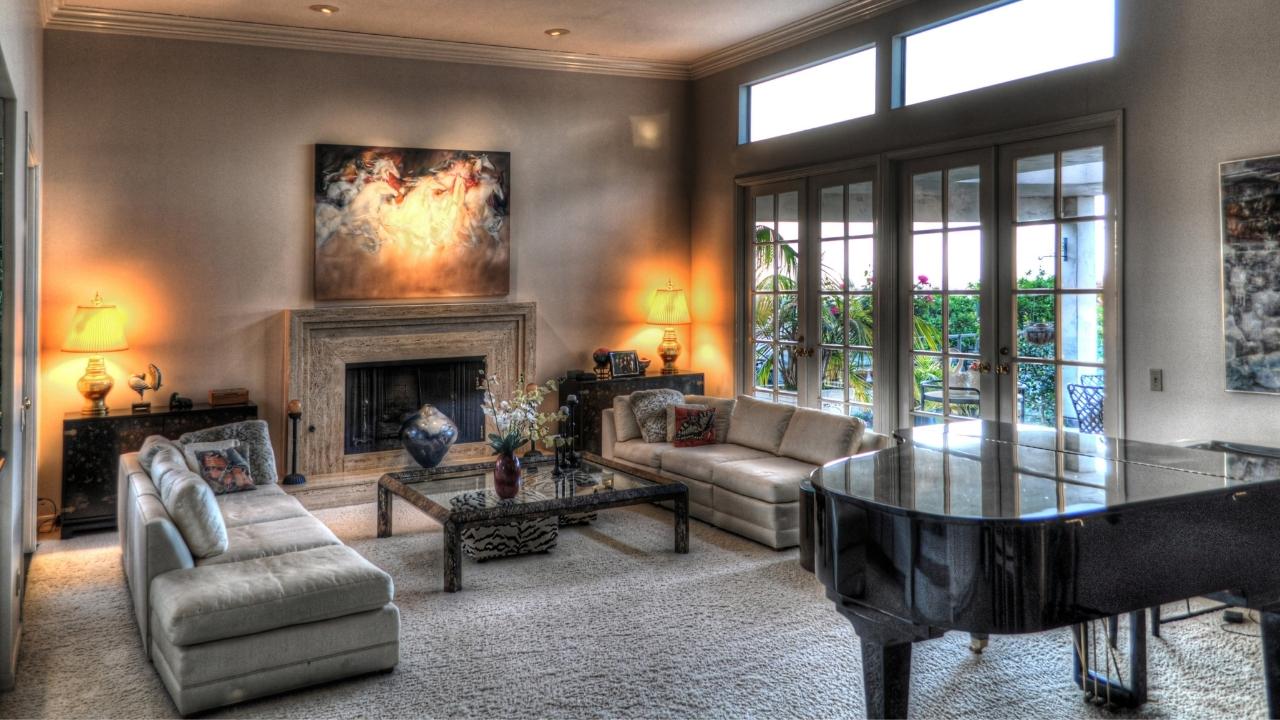
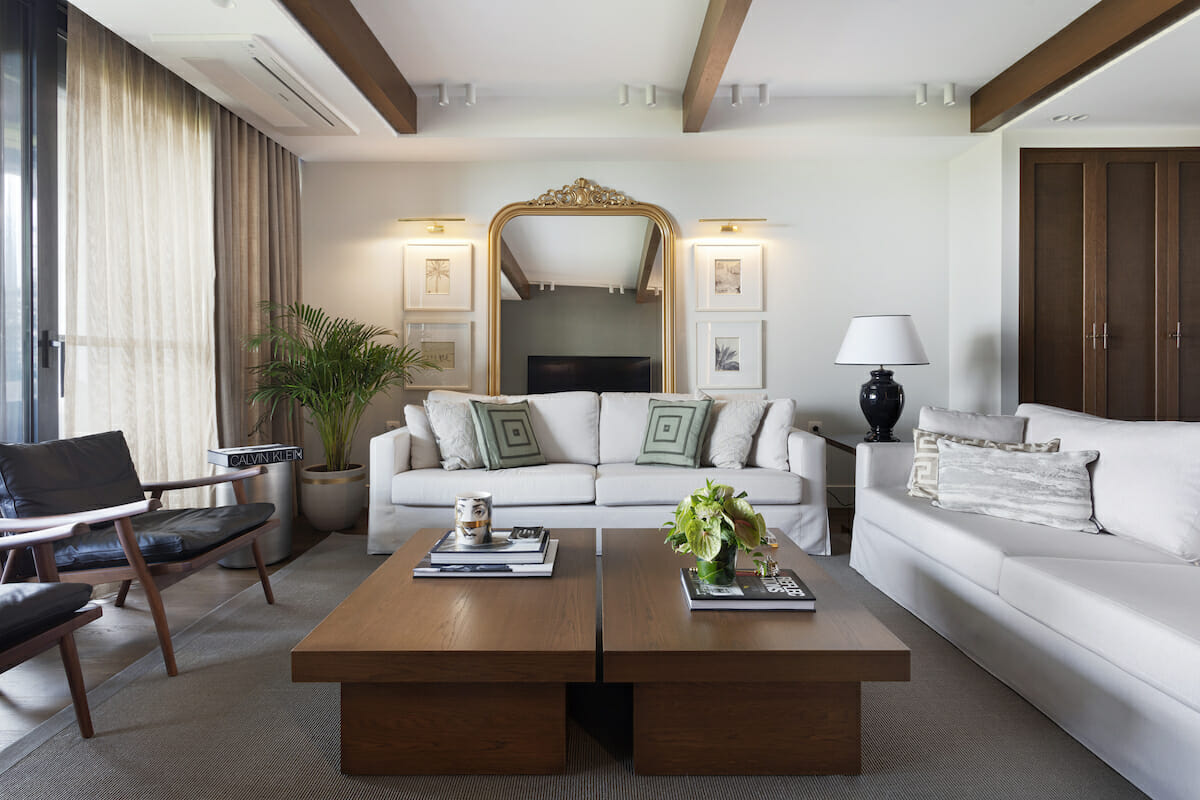
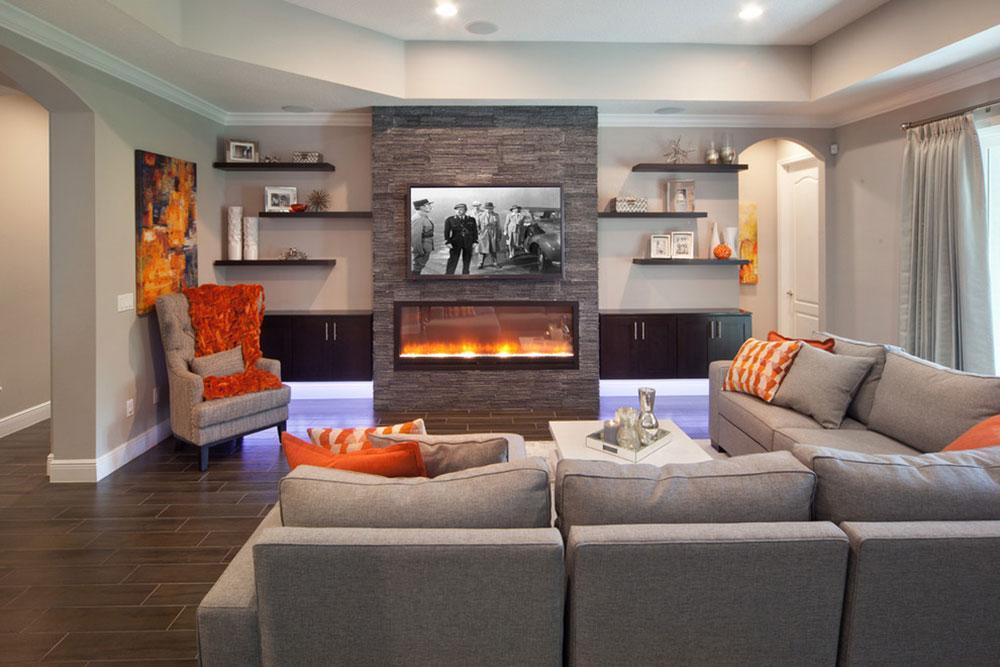


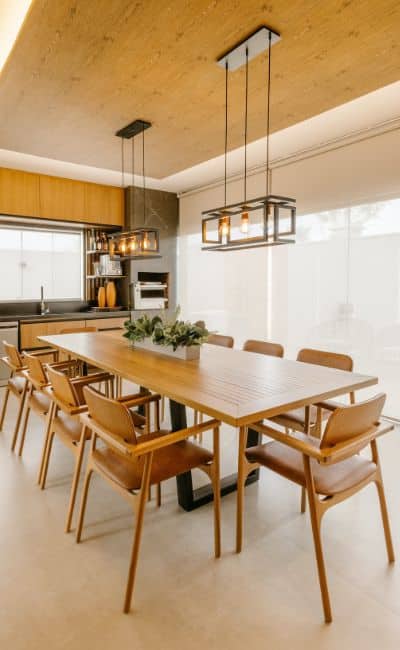




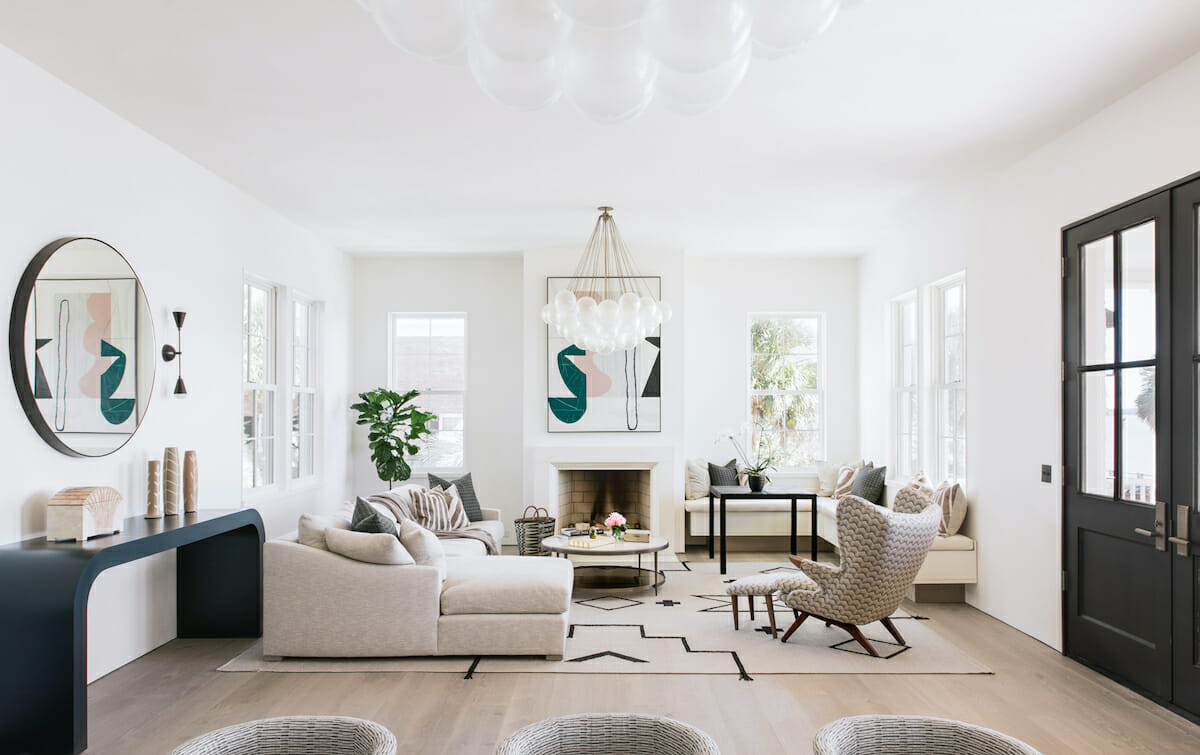




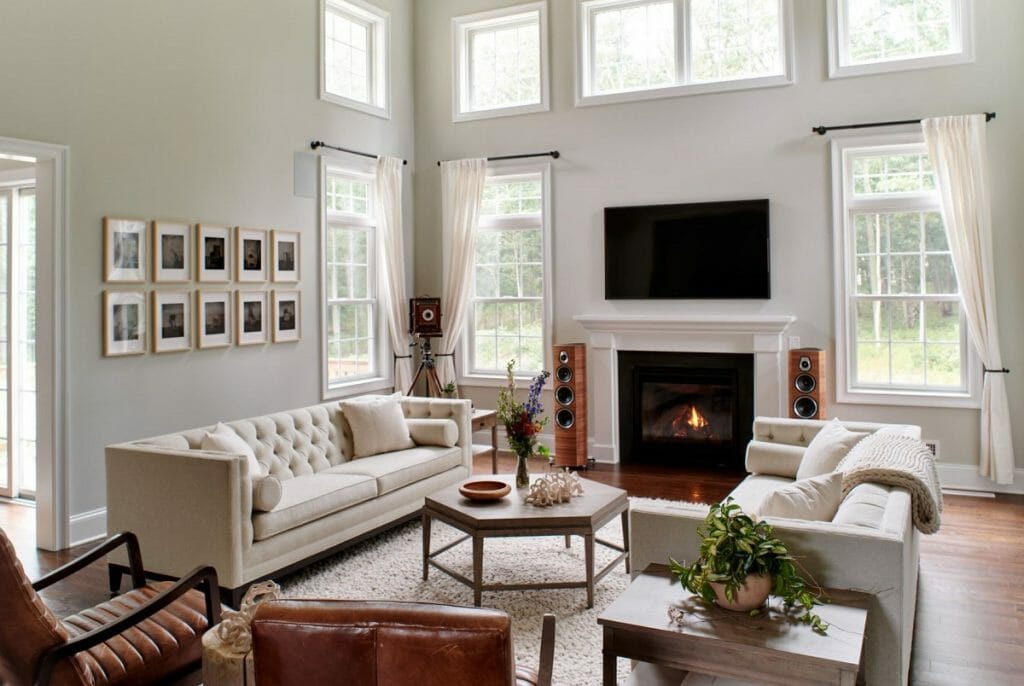






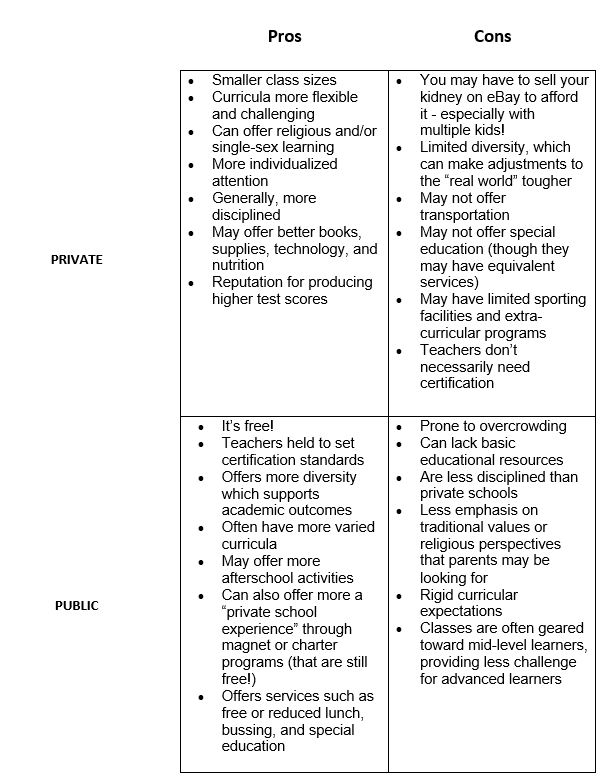



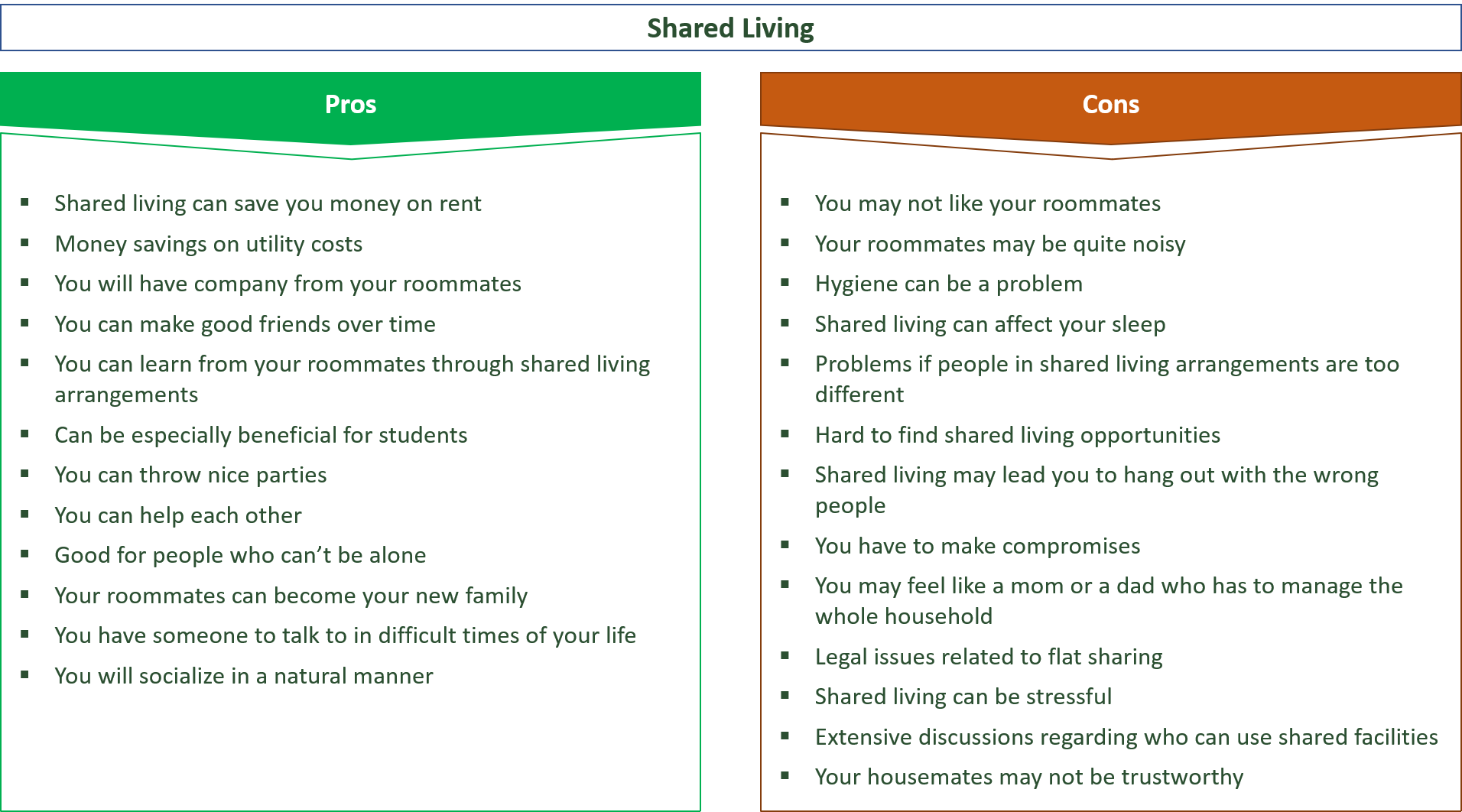


:max_bytes(150000):strip_icc()/lavender2-59d5668d0d327a00113fe4c7.jpg)




